When it comes to maintaining a travel trailer, proper drainage of tanks is crucial for ensuring the longevity of your vehicle and the comfort of your journey. In this guide, we will explore in-depth the processes involved in draining your travel trailer tanks, including the black tank, gray tank, and freshwater tank. With clear, structured information and detailed insights, we aim to empower travel trailer owners with the knowledge necessary for effective tank maintenance.
Understanding Travel Trailer Tanks
Travel trailers are equipped with three main types of tanks:
- Freshwater Tank: This stores clean water for cooking, drinking, and bathing.
- Gray Water Tank: This holds wastewater from sinks and showers, typically devoid of human waste but containing soap and food residues.
- Black Water Tank: This is where sewage from the toilet is collected.
Understanding the function of each tank is essential as improper drainage can lead to unpleasant odors, health hazards, and costly repairs.
Overview of Drainage Processes
To ensure correct drainage of travel trailer tanks, we will break the procedure into manageable steps tailored for each type of tank.
| Tank Type | Drainage Frequency | Common Issues |
|---|---|---|
| Freshwater | Monthly | Contamination, stagnation |
| Gray Water | After each trip | Blockages, odor |
| Black Water | After each trip | Overflow, leaks |
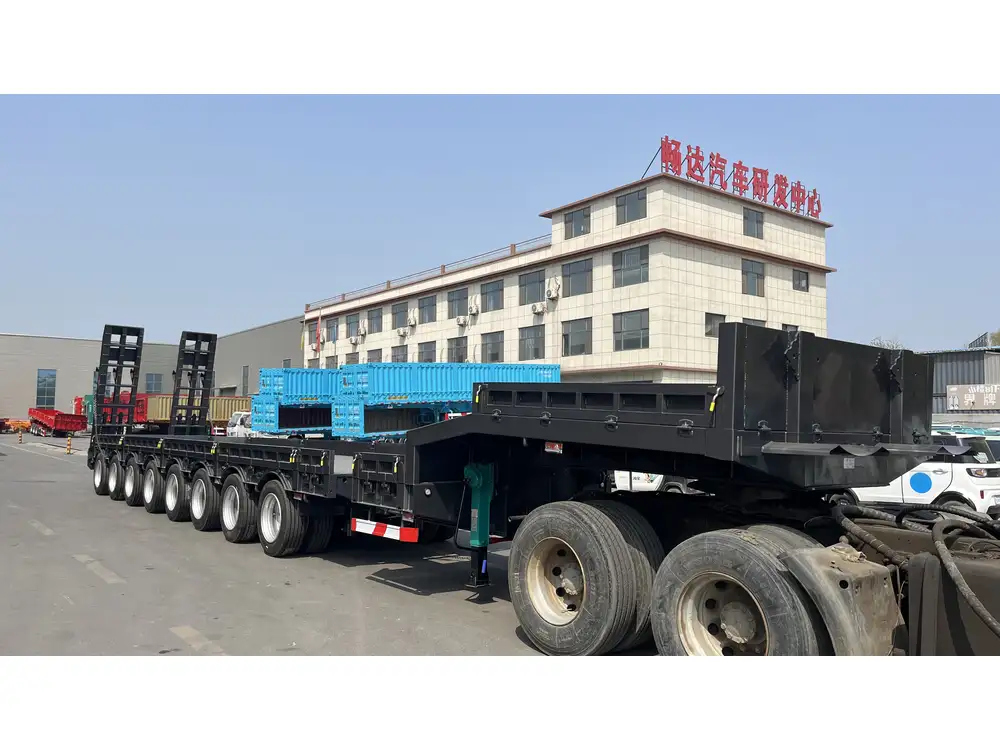
Step-by-Step Guide to Draining Travel Trailer Tanks
Draining the Freshwater Tank
1. Prepare Your Equipment
Before you begin, gather the following:
- Clean, potable hose
- Hose adapter if needed
- Freshwater filter (optional)

2. Locate the Drain Valve
The drain valve for the freshwater tank is usually found on the exterior of the travel trailer. Consult your owner’s manual for the exact location.
3. Open the Valve
- Make sure your freshwater tank is not connected to a source of water.
- Open the drain valve slowly to allow the water to exit without causing spillage.
4. Flush the Tank
- To prevent stagnation, consider refilling the tank with fresh water and then draining again.
- If contaminants are suspected, you may add a small amount of bleach to sanitize and then thoroughly flush.

Draining the Gray Water Tank
Statistically, the gray water tank is less malodorous than the black water tank, but neglect can lead to unpleasant odors.
1. Locate the Gray Water Drain Valve
Typically found underneath your travel trailer, refer to your manual for specifics.
2. Prepare for Drainage
- Place a waste hose into the sewer dump.
- To avoid mess, ensure the hose is securely connected.

3. Open the Valve
Open the gray water tank drain valve fully. Allow the gray water to flow into the sewer system until the tank is empty.
4. Rinse the Tank
- After draining, rinse the gray water tank with clean water.
- Add a tank deodorizer to help minimize odors for future trips.
Draining the Black Water Tank
Draining the black water tank can be an arduous task, but proper execution is pivotal for both health and hygiene.
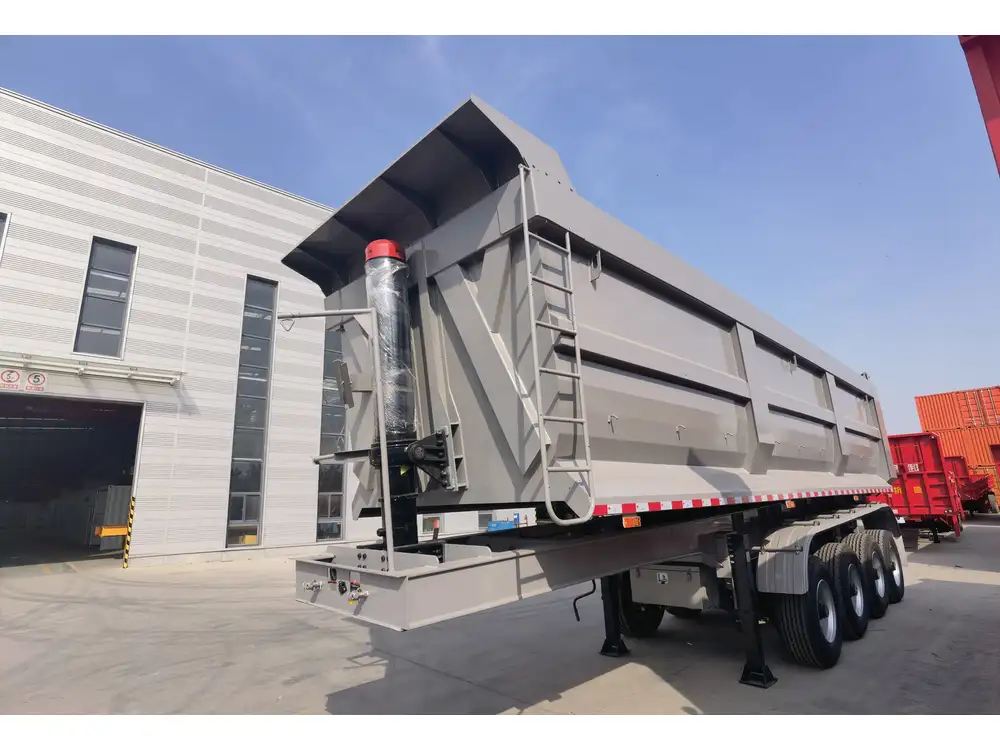
1. Gather Necessary Equipment
- A dedicated sewer hose (typically, a 3” sewage hose).
- Gloves, goggles, and a portable waste container.
2. Connect the Sewer Hose
Securely attach your sewer hose to the black water tank valve. Be cautious; the connection must be tight to avoid leaks.
3. Open the Black Water Valve
Carefully open the black water valve. Allow the contents to exit into the sewer system. Patience is essential here, as the tank might need time to fully drain.
| Tip: If you experience slow drainage, consider using a tank cleaner every few trips to prevent buildup. |
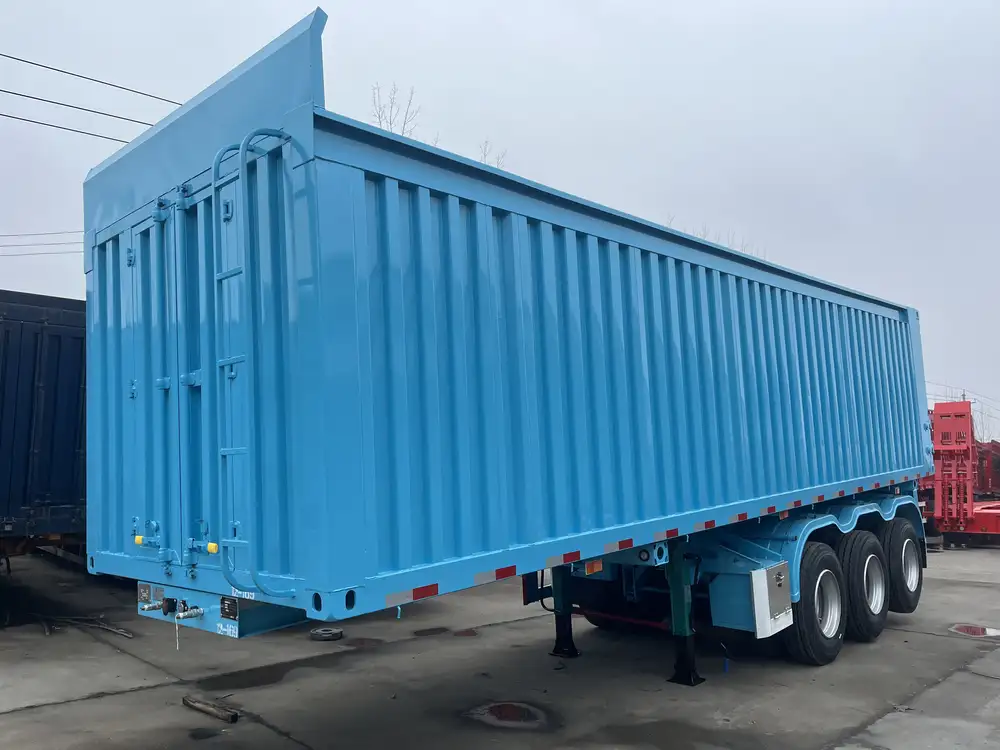
4. Close the Valve and Rinse
Once the tank is empty, close the valve and rinse the inside of the black water tank using a built-in black tank flush if available. If your travel trailer does not have one, gently pour fresh water through the toilet to help flush out any residual waste.
Final Checks and Maintenance Tips
Inspect the Valves and Hoses
Regularly inspect:
- Drain valves for cracks or leaks.
- Hoses for wear and tear to avoid any mishaps.
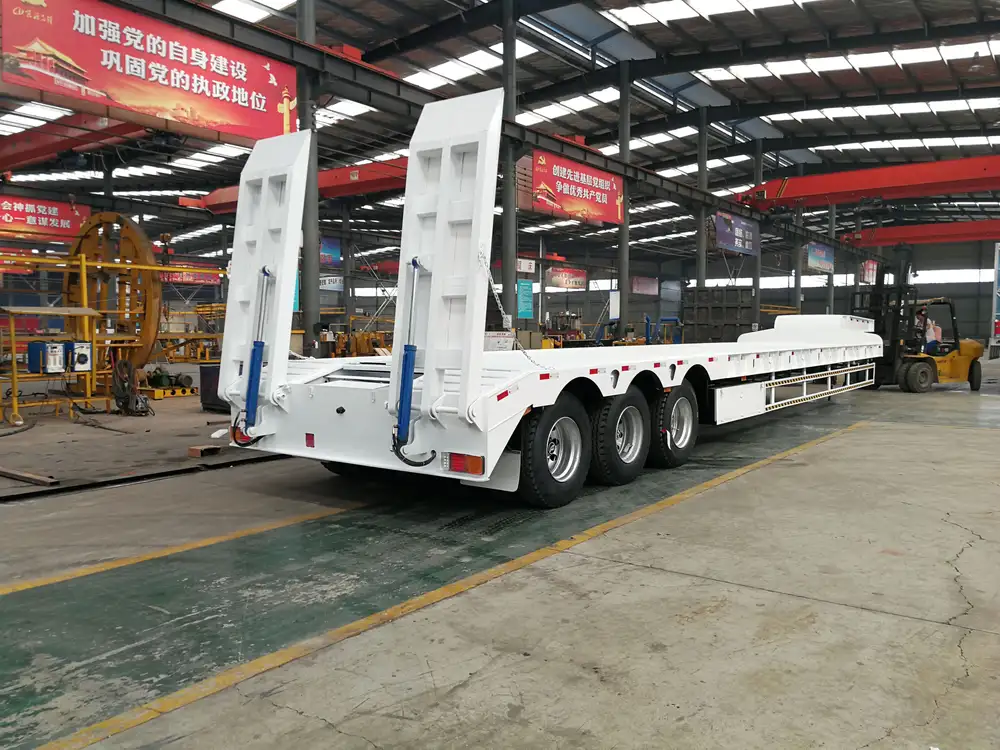
Schedule Regular Maintenance
- Black Water: Drain after every use or at least every few days when on extended trips.
- Gray Water: Drain as frequently as needed to avoid odors and blockages.
- Freshwater: Check and drain monthly, especially pre-storage.
Consider Installing a Tank Monitoring System
Opting for a tank monitoring system can help track levels without manual checks, providing peace of mind and ensuring timely drainage.
Troubleshooting Common Problems
Despite the best practices, issues can still arise. Here are some common problems and solutions:

Problem: Tank Level Readings Inaccurate
Solution:
- Cleaning Level Sensors: Often, level sensors may be coated with waste or debris. Cleaning them can help reset accurate readings.
Problem: Bad Odor
Solution:
- Deodorizers: Utilize tank deodorizers that contain enzymes to break down waste and eliminate odors.
- Ventilation: Ensure your system is properly ventilated, allowing gases to exit and preventing buildup.
Problem: Clogging in Gray or Black Tank
Solution:
- Tank Cleaner: Employ a tank cleaner solution, which can aid in breaking down any residual waste that may lead to a clog.
- Routine Flush: Make it routine to flush your tanks, reducing the chances of clogs in the future.
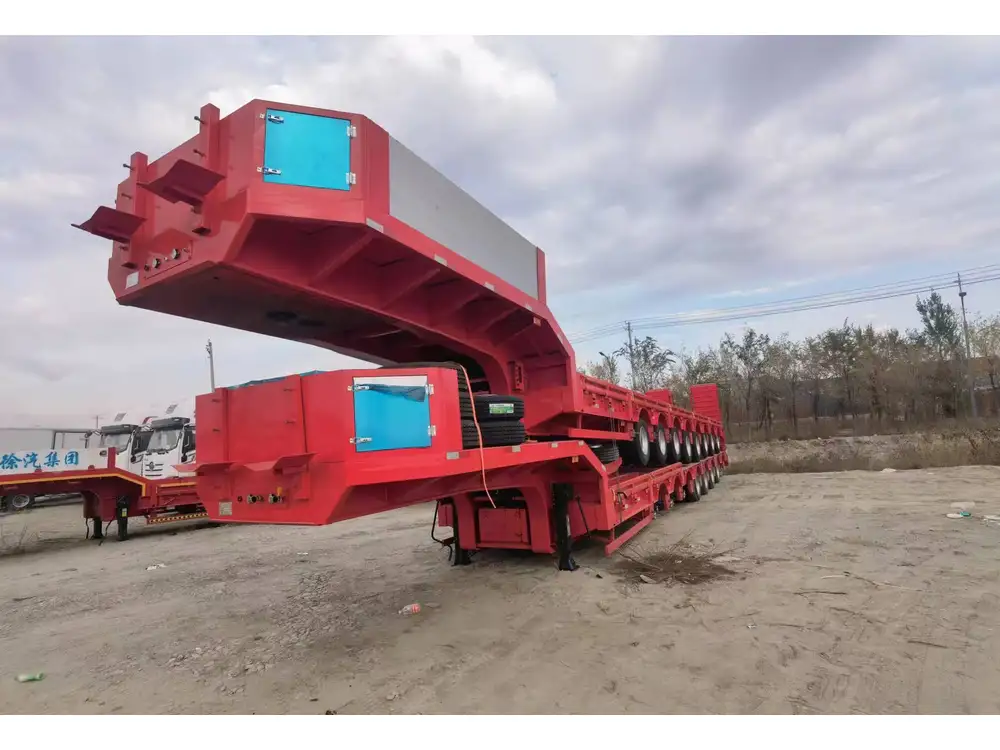
Frequently Asked Questions
How Often Should I Drain My Black Water Tank?
It’s recommended to drain the black water tank after every trip or approximately every 3 to 5 days when camping.
Can I Add Chemicals to My Tanks?
Yes, specific enzymes and deodorizers designed for RV use can be safely added to both gray and black water tanks to help with odor control and waste breakdown.
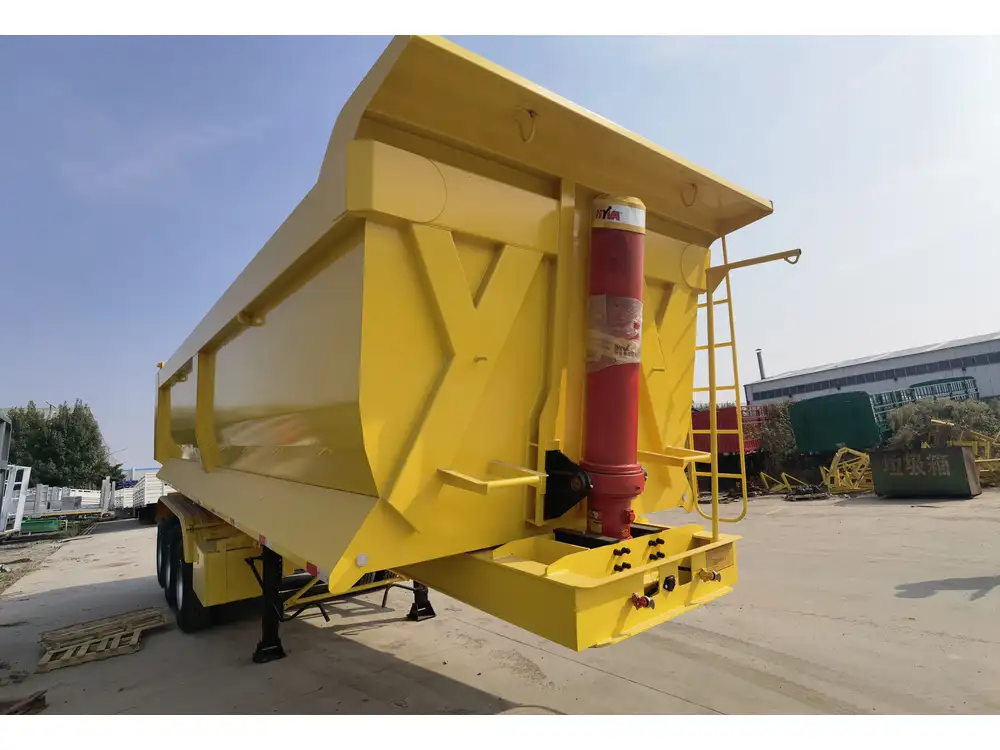
Is it Safe to Use Home Chemicals for Tank Cleaning?
Avoid using home chemicals as they may damage the tank and plumbing system. Always opt for products specifically created for RV tank maintenance.
Conclusion: The Importance of Proper Tank Maintenance
Mastering the art of draining your travel trailer tanks is not merely a task; it’s a commitment to enhancing your RV experience. By following these detailed steps and addressing common issues, we can ensure that your travels are not only enjoyable but also hygienic. Remember, maintaining your park home on wheels goes beyond the aesthetic; it is about health, safety, and peace of mind. With this guide, you possess the knowledge to keep your travel trailer in prime condition, paving the way for countless adventures ahead.
We encourage all travel trailer owners to embrace these best practices, ensuring smooth and enjoyable journeys on the open road. The road calls, and a well-maintained travel trailer is your vessel to explore it!



